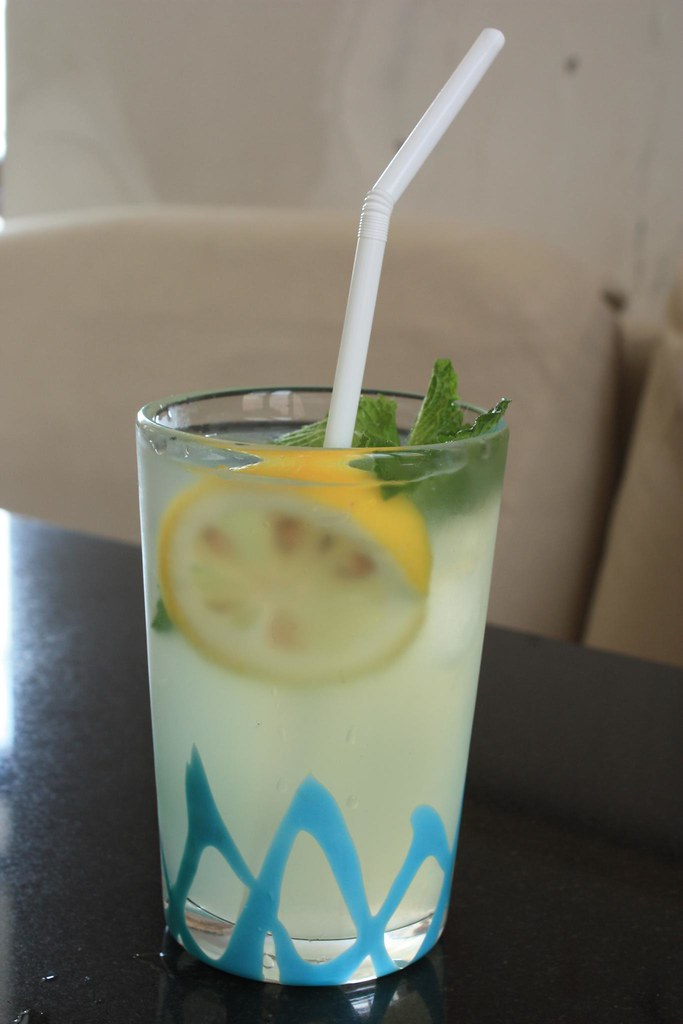I could go for some yack butter tea and barley bread right now. Really. We were served the version with honey and not salt, although the yak butter was quite salty, which made a nice balance. The tea, made from smoked leaves of a Tibetan bush, is rumored to give the body strength and energy and warm the soul during cold days and nights.
It’s a little crazy that at this time last year we were there in a hauntingly beautiful valley in southwestern China. And it was damn cold. I remember looking for some warm clothes in Chengdu the day before we set out for Jiuzhaigou . We bought a bunch of warm socks (I still have them) and a few fleece jackets. We thought that would be enough. We had no idea how much colder Jiuzhaigou , China is at this time of year. Let’s see, while I’m typing this it’s 11:36 pm there. The sun will be up in 6 hours there. It is 58F today there with thunderstorms. We woke up the second day we were there to snow covered mountains.
Looking outside, it’s hard to believe the winter is over here, but it is. I’ve been running by blooming trees and flowers for over two weeks. Supposedly it’ll get to the low 70’s here today and sunny, while it’s expected to hit 97F in my hometown of San Antonio, TX. Weather is crazy. If we think too hard, we may get overwhelmed with all the crazy variations of weather around the globe right at this moment. Traveling makes you think about these things more often. I’m often wondering what it’s like in some tiny little place we were at a year ago. And with the proliferation of data and the power of the internet, it’s fairly easy to check and be aware at any time of day what is is, wherever.
I remember the 12 hour bus ride up, which followed the river valleys for almost the entire way to the Tibetan valley of Jiuzhaigou, that is now and increasingly overrun by Han Chinese. If you are middle-class or upper-middle class, heading to Jiuzhaigou sometime in your life has become the thing to do. Our bus trip following the gorges and rivers, passed over the damns and rock quarry’s that supply a lot of the raw material for the vast Sichuan province. Here and there signs of the 2008 Earthquake that rent homes and lives lay amidst new towns and buildings.
Jiuzhaigou has become a modern day wild west tourist destination and we hopped from the bus to taxi and were hustled down the main road, whistling past new restaurants and hotels that have sprung up over the last 15 years ending at a small village just outside the town.
It was in the hands and open arms of a Tibetan family that we had some of our most remarkable moments in China. The villagers there live with a mix of very old and traditional houses with a few modern amenities. Stark is an understatement. One of the houses we slept in had an outdoor toilet, a hole between old wooden boards, off the edge of the house, a 20 foot drop to the pile below. Wind whistles through the slats. The man that lives there was in his late 70’s, at least.
But the love and embrace of life there is something I’ll never forget. And thinking back to that time, I get a little warmer thinking of the time we spent with that wonderful family and village. When Lo San the young cousin of our host was gently coaxed by his grandmother inside.
So, today I took a walk through our not so distant past. Here Lo San, being a terrible two monster of a child looks up into my lens.
His dad watches proudly while Lo San gets up to something else.
Then we huddle inside, warmed by the fire and the yak butter tea, some relishing it while others look upon with disdain and anxiety.
Over that 24 hours that was this day one year ago, when looking back over the imagery, it looks as if we floated through the minutes. The day passed here while we went to bed and then rose early to walk the valley and national park in Jiuzhaigou. Here Tracie ponders the stunning quiet found in the noise of a bank of low waterfalls.
We walked a good amount of the length of the park, hopping on the constant hum of trams full of chinese tourists, here and there. We wanted to get our money worth at $50 US each for one day in the park. We strolled for about six hours.
Birds gorged themselves by the dribbling streams
Phantoms arose from the mineral lakes
And slight changes in perspective, would change everything you saw
We were welcomed back to the Tibetan village by the prayers on the wind
With thoughts of that day we plunge into today.

























